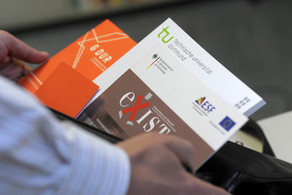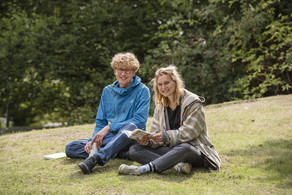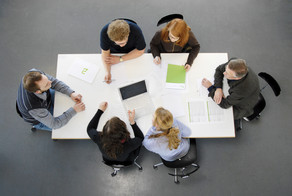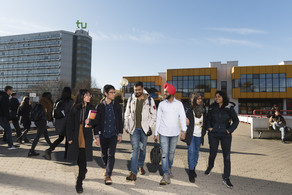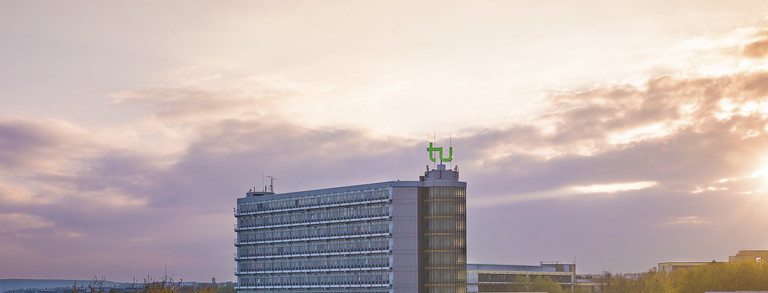Exemplary
In many departments there are further examples of how energy is saved at TU Dortmund University. We are expanding the collection continuously. Please feel free to send your contribution to: energie.sparentu-dortmundde.
Ultra-low temperature freezers: -70°C
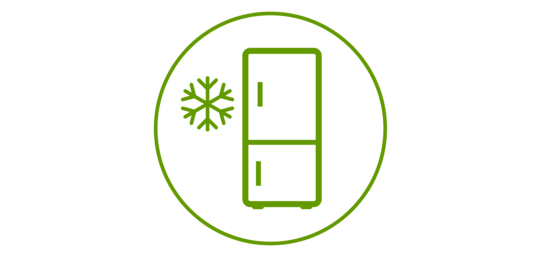
Ultra-low temperature freezers typically preserve biological samples at -80°C. To do so, they require as much electricity as a four-person household. The Department of Biochemical and Chemical Engineering is now raising the temperature by 10°C in a pilot model. This allows energy savings of more than 20%. Contact: marco.arastu-dortmundde
Shutting down computers
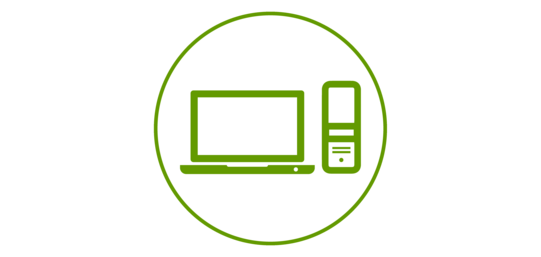
Computers use unnecessary electricity if they are not shut down after use. The Department of Statistics saves energy by automatically shutting down running computers in student workrooms every evening. Contact: nachhaltigkeitstatistik.tu-dortmundde
Less server cooling
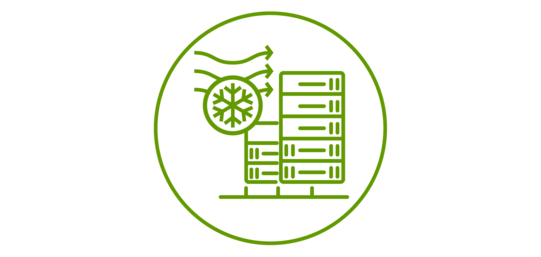
Servers need to be cooled all year round to prevent overheating. The ITMC has been testing how far the temperature can be increased since 2022: It was gradually increased from 20°C first to 22°C, then to the current 24°C. The aim is to reach 27°C by 2028.
Efficient cooling of servers
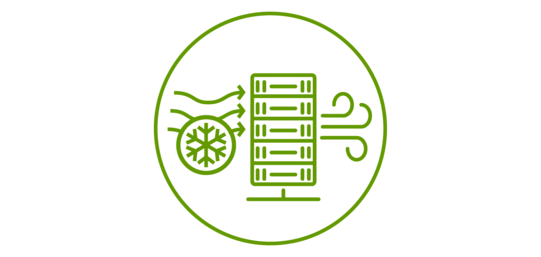
In the ITMC Data Center, servers can be cooled up to 30% more efficiently than in conventional server rooms. Here, cold air is delivered directly to the devices without mixing with the room or exhaust air. The Faculty of Mathematics has already moved its servers there, and more may follow. Contact: service.itmctu-dortmundde
Virtual machines
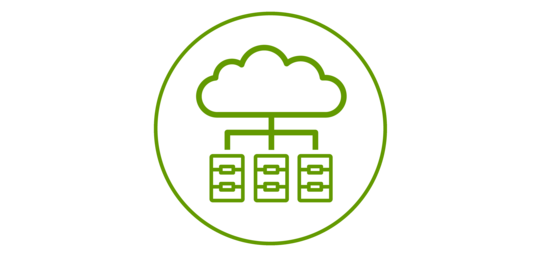
Servers consume a lot of energy, partly because they cannot simply be switched off when idle. Virtualization allows hardware to be shared so that utilization and energy efficiency are improved. The ISF has already virtualized its machines and shares the infrastructure of the ITMC. Imitators are welcome! Contact: service.itmctu-dortmundde
17°C in sports halls

Due to physical activity, the room temperature in the sports halls can be reduced to 17°C. The exception is the gymnastics room, as courses of the relaxation program also take place there.
Air exchange in laboratories
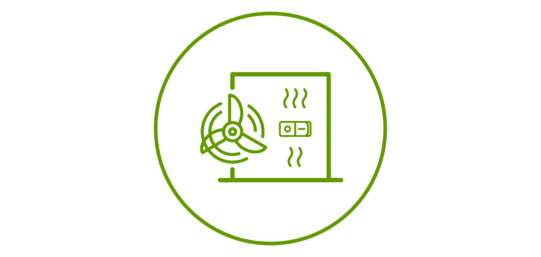
In a pilot project, the Department of Biochemical and Chemical Engineering has made the air exchange of new laboratories more flexible: A high air exchange rate is now only switched on when work is actually being carried out with hazardous substances such as organic solvents. If such substances are not used in normal operation, a lower air exchange rate is used regularly.
Using exhaust heat from the central compressed air system
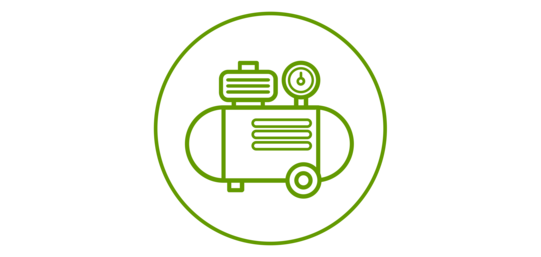
In the Department of Biochemical and Chemical Engineering, a central compressed air system is currently being converted so that its exhaust heat can be used to heat seminar rooms in the chemical engineering building in the future. This works by using of a heat recovery system in which the exhaust heat from the compressed air is used to preheat the ventilation system.
LIDO4: Innovative heat management
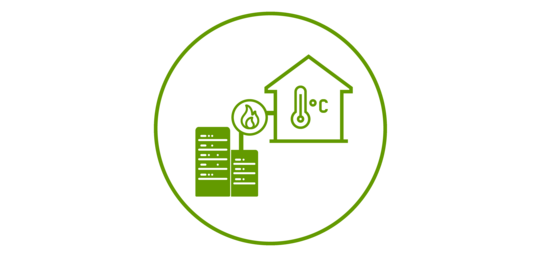
The large-capacity computer LIDO4 , whose exhaust heat will be used to heat the building at Otto-Hahn-Straße 12, is scheduled to be installed at the beginning of 2025. In the future, the normal heating system of the building will only be switched on when the outside temperature falls below 3°C. The computer will also be equipped with a high-temperature cooling system: It can be cooled with outside air up to 35°C. This can save up to 2,300 MWh of energy per year.


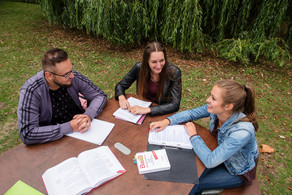
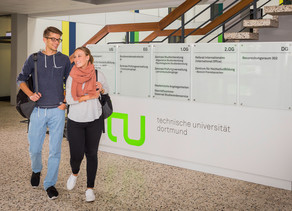
![[Translate to English:] Partner Four hands are holding the green logo of TU Dortmund University](/storages/tu_website/_processed_/1/d/csm_Partner_Nicole_Rechmann_KW_40b35bb3fd.jpg)
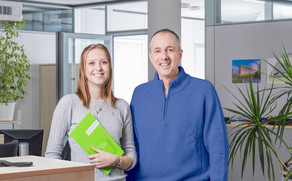
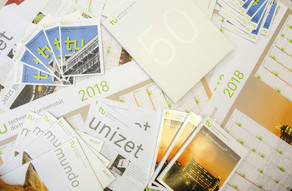
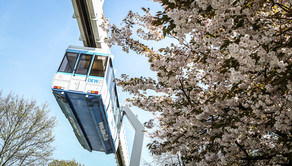
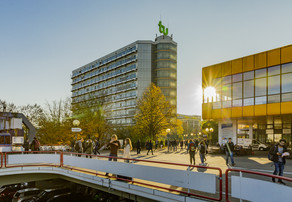
![[Translate to English:] Forschung An apparatus with tubes in a laboratory](/storages/tu_website/_processed_/0/c/csm_Forschung_Juergen_Huhn_cbd34afd6d.jpg)
![[Translate to English:] Studium Five students are sitting in a lecture hall. They are talking to each other.](/storages/tu_website/_processed_/c/9/csm_Studium_FelixSchmale_81d94adc86.jpg)
